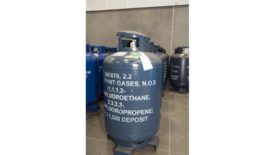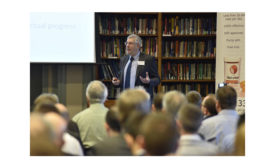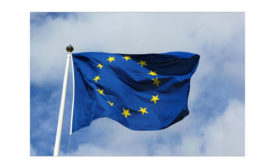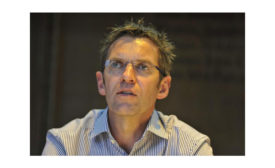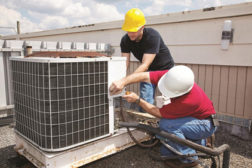Home » Keywords: » F-gas regulation
Items Tagged with 'F-gas regulation'
ARTICLES
The global program aims to advance the safe recovery, reclaim, and reuse of refrigerants
Read More
A-Gas Says ‘Time Is Running Out’ and Urges Industry to Replace R-404A
For European industry, the time to switch is now
February 8, 2016
Phase-down Targets Reliant on Supermarkets
Adoption of lower GWP refrigerants by supermarkets is vital if European HFC phase-down targets are to be met
December 21, 2015
Europe Debates F-Gas and Policy at Roundtable Event
EPEE event discusses key issues including the energy label, heating and cooling, and F-gas
November 9, 2015
European Report: ‘Refrigerant Supply Shortfall Will Hit Within Three Years’
Annually decreasing quotas will create a shortfall far sooner than 2020
Read More
HRP's F-Gasman Helps Contractors with Inquiries about Refrigerant Legislation
Wholesaler’s Website Proves Popular for Navigation Through the New F-Gas Regulations
Read More
Industry Concern Over 'Easy Install' A/C Units as New F-Gas Regulation Comes into Effect
Under New F-Gas Regulation, Precharged Units Will Not Be Legal Unless Seller Has Company Certification
Read More
AREA Releases New F-gas Regulation Guide
Changes Will Become Reality on Jan. 1, 2015
November 3, 2014
Danfoss Releases Position Paper on F-gas Regulation
Paper Outlines Milestones, Legislation around Phasedown of Hydrofluorocarbons
July 14, 2014
Copyright ©2024. All Rights Reserved BNP Media.
Design, CMS, Hosting & Web Development :: ePublishing
